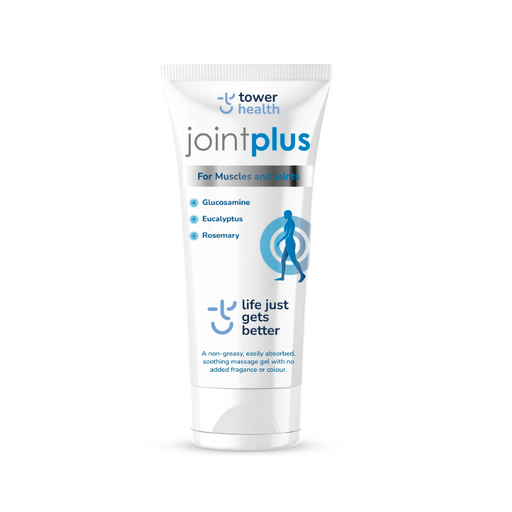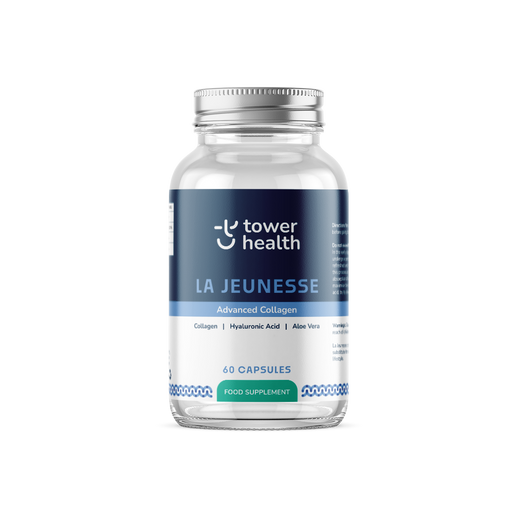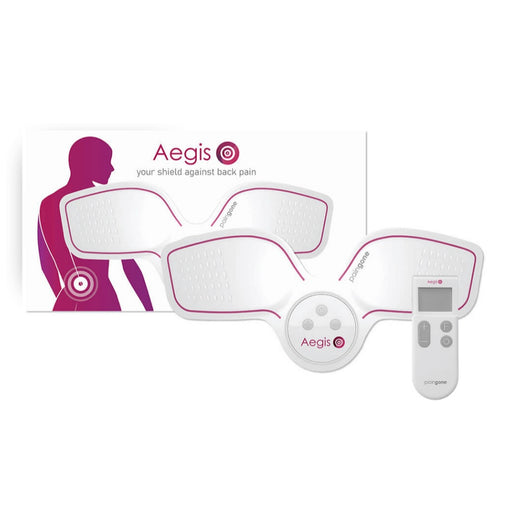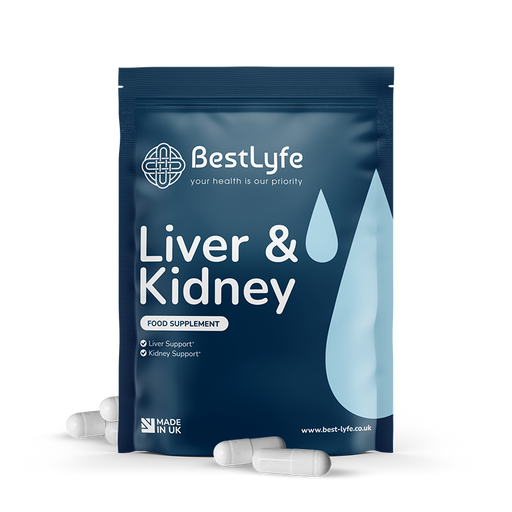
What Do Dust Mites Do?
In the seemingly ordinary landscapes of our homes, an unseen world thrives – a world dominated by microscopic creatures that coexist with us daily. Among these nearly invisible inhabitants, dust mites take centre stage, playing a pivotal role in the ecosystem of our indoor spaces. As we go about our lives, dust mites quietly go about their business, yet many of us remain blissfully unaware of their existence and the impact they can have on our health.
So... What do dust mites do?
While they are nearly invisible to the naked eye, these tiny creatures play a significant role in the ecosystems of our homes. Here are some key aspects of what dust mites do:
-
Feeding on Organic Matter: Dust mites thrive on organic material, with their primary source being dead skin cells shed by humans and pets. This continuous feeding process allows them to sustain their population in household environments, particularly in areas where dust accumulates.
-
Digestive Processes and Waste Production: Dust mites possess digestive enzymes that break down the proteins in skin flakes, converting them into simpler compounds for absorption. Consequently, they produce waste in the form of faeces. These microscopic waste particles become part of household dust and can pose a health risk, especially for individuals prone to dust mite allergies.
-
Contribution to Allergies: The proteins present in dust mite faeces and body fragments are potent allergens. When these allergens become airborne and are inhaled or come into contact with the skin, they can trigger allergic reactions. Common symptoms include sneezing, coughing, itchy eyes, and respiratory issues. Managing dust mite populations is crucial for minimising the risk of allergic responses associated with their presence.

How Do I Know If I Am Allergic To Dust Mites?
Recognise Common Allergy Symptoms:
- Sneezing: If you find yourself frequently sneezing, especially in specific environments like your home or when exposed to dust, it could be a sign of a dust mite allergy.
- Nasal Symptoms: Persistent nasal issues, including a runny or stuffy nose and postnasal drip, may indicate an allergic reaction to dust mites.
- Eye Discomfort: Itchy, watery eyes or redness could be symptoms of an allergic response to dust mite allergens.
- Coughing: Chronic coughing, particularly in dusty environments, may be a symptom of dust mite allergy.
- Skin Reactions: Itchy skin or worsening conditions like eczema might be linked to dust mite exposure.
Observe Patterns:
- Environmental Triggers: Pay attention to when your symptoms occur. Dust mite allergies often manifest after spending time in areas with accumulated dust, such as bedrooms or living rooms.
- Year-Round Symptoms: Unlike some seasonal allergies, dust mite allergies tend to persist throughout the year. If your symptoms are consistent regardless of the season, dust mites may be a potential trigger.
How Do I Get Rid Of Dust Mites?
Getting rid of dust mites involves a combination of cleaning, reducing their habitat, and using preventive measures. Here are effective steps to help minimize dust mite populations in your home:
Wash Bedding Frequently:- Wash sheets, pillowcases, and blankets in hot water (at least 130°F or 54°C) weekly to kill dust mites.
- Consider using allergen-proof mattresses and pillow covers to create a barrier between dust mites and your bedding.
- Use a vacuum cleaner with a HEPA filter to trap small particles, including dust mites and their waste.
- Vacuum carpets, rugs, and upholstery at least once a week.
Investing in a dust mite controller is a prudent choice for those seeking relief from dust mite allergies and aiming to enhance indoor air quality. These devices, often equipped with HEPA filters, work to reduce dust mite populations and allergenic particles, providing noticeable benefits such as alleviating allergy symptoms and promoting better sleep quality. With user-friendly features and minimal maintenance requirements, dust mite controllers complement regular cleaning practices by offering continuous filtration. By creating an inhospitable environment for dust mites, these devices contribute to a healthier living space, making them a valuable, long-term investment for individuals committed to proactive allergy prevention
Best Selling Natural Health Products
-
Joint Plus - Glucosamine Joint Gel 200ml
Original price £17.95 - Original price £107.70Original price £53.85£17.95£17.95 - £86.16Current price £17.95in stockNourish and improve mobility with Joint Plus Glucosamine Gel Targeted anti-inflammatory action from natural ingredients that work in synergy to co...
View full detailsOriginal price £17.95 - Original price £107.70Original price £53.85£17.95£17.95 - £86.16Current price £17.95 -
Nutriplex: Collagen Rich Joint Health Supplement - Tower Health
Original price £29.95 - Original price £143.00Original price£29.95£29.95 - £143.00Current price £29.95In stockImprove Joint Health & Mobility with Nutriplex Reap the benefits of our collagen-rich joint health supplement, packed with essential nutri...
View full detailsOriginal price £29.95 - Original price £143.00Original price£29.95£29.95 - £143.00Current price £29.95 -
La Jeunesse Collagen Capsules 1200mg 60 Capsules - Tower Health
Original price £29.95 - Original price £134.11Original price£29.95£29.95 - £134.11Current price £29.95in stockIntroducing La Jeunesse Collagen: Your Comprehensive Skin and Joint Health Solution Discover La Jeunesse Collagen, a meticulously formulate...
View full detailsOriginal price £29.95 - Original price £134.11Original price£29.95£29.95 - £134.11Current price £29.95 -
Bestlyfe Kidney Support+
Original price £24.95 - Original price £149.70Original price £74.85£24.95£24.95 - £119.70Current price £24.95in stockCleanse, detox, repair and support your digestive system with Bestlyfe's Kidney Support+ Advanced formula containing 14 nutrients and vitamins to s...
View full detailsOriginal price £24.95 - Original price £149.70Original price £74.85£24.95£24.95 - £119.70Current price £24.95 -
Paingone Plus: The Automatic TENS Pen
Original price £49.95Original price £59.94 - Original price £59.94Original price £49.95Current price £42.95£51.54 - £51.54Current price £42.95in stockPortable, Automatic Tens pen AS SHOWN ON TV Introducing Paingone Plus – your go-to solution for rapid and efficient pain relief. This compact...
View full detailsOriginal price £49.95Original price £59.94 - Original price £59.94Original price £49.95Current price £42.95£51.54 - £51.54Current price £42.95Save 14% -
Jointplus Patches
Original price £29.95 - Original price £29.95Original price£29.95£29.95 - £29.95Current price £29.95in stockA natural upgrade on the glucosamine patches Natural ingredients - contains Glucosamine and Vitamin A,C & E 30x pack Discrete and convenient -...
View full detailsOriginal price £29.95 - Original price £29.95Original price£29.95£29.95 - £29.95Current price £29.95 -
Turmeric+ - 60 Tablets
Original price £12.95 - Original price £12.95Original price£12.95£12.95 - £12.95Current price £12.95in stockImprove Wellness With Turmeric Support your wellness routine with BestLyfe Turmeric+ tablets containing over 1,000 mg of Turmeric per recommended...
View full detailsOriginal price £12.95 - Original price £12.95Original price£12.95£12.95 - £12.95Current price £12.95 -
Paingone Aegis: Your Shield Against Back Pain
Original price £71.94 - Original price £71.94Original price£59.95£71.94 - £71.94Current price £59.95in stockWireless TENS machine for lower back pain. Adjustable intensity levels with remote control. Class IIa medical device. Can be worn under clothing....
View full detailsOriginal price £71.94 - Original price £71.94Original price£59.95£71.94 - £71.94Current price £59.95 -
Neuroplus+
Original price £24.95 - Original price £149.70Original price £74.85£24.95£24.95 - £119.76Current price £24.95in stockUnlock your cognitive performance and enhance your mood with Nauroplus+. Our carefully crafted blend of 15 nutrients aims to elevate your m...
View full detailsOriginal price £24.95 - Original price £149.70Original price £74.85£24.95£24.95 - £119.76Current price £24.95 -
Liver & Kidney - Cleanse & Detox
Original price £39.95Original price £39.95 - Original price £209.70Original price £39.95Current price £31.95£31.95 - £191.75Current price £31.95in stockBestLyfe's recommended supplements to support healthy digestive organs. Fight back against overindulgence with 26 nutrients that keep your liver an...
View full detailsOriginal price £39.95Original price £39.95 - Original price £209.70Original price £39.95Current price £31.95£31.95 - £191.75Current price £31.95Save 9%










